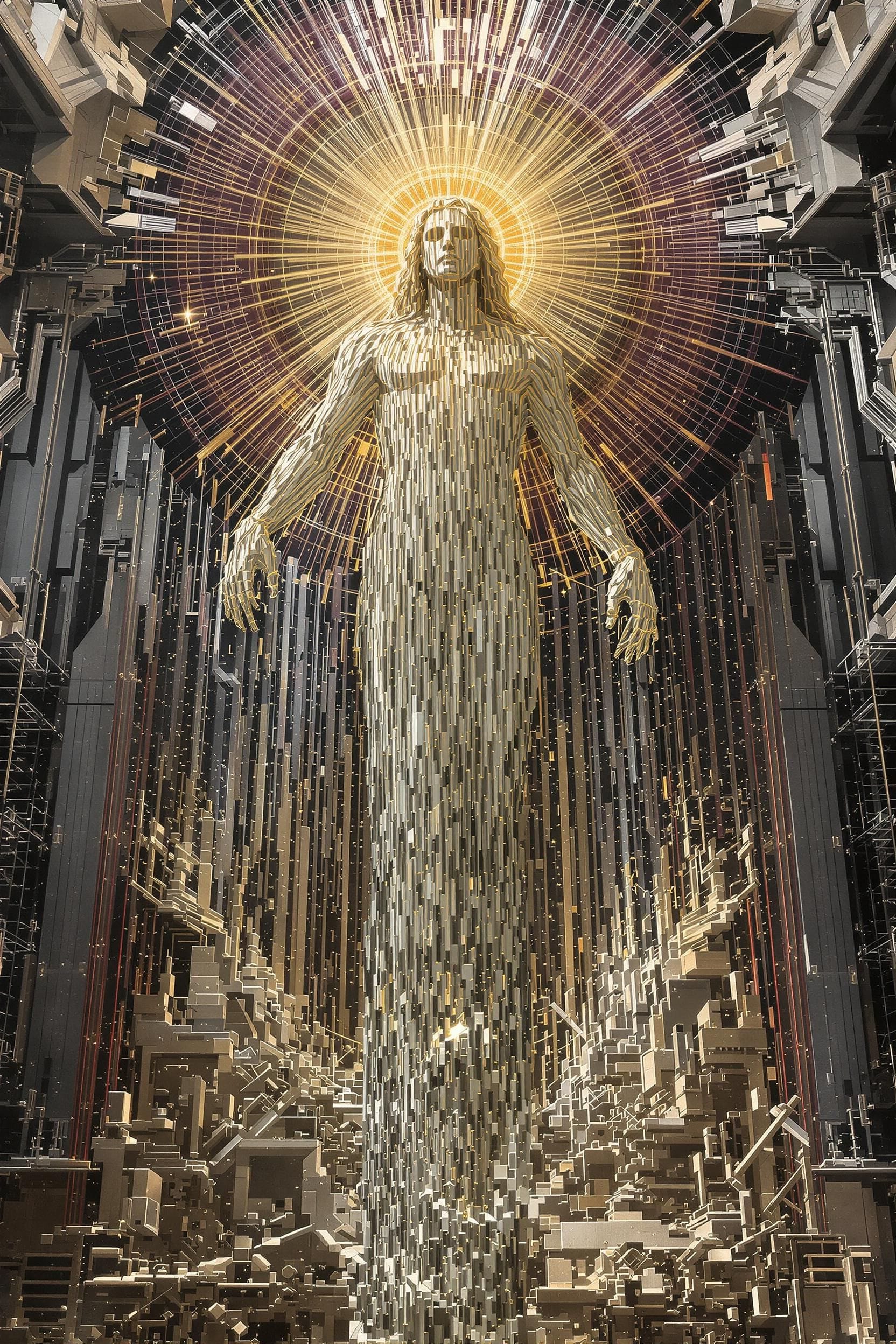India to Get Access to Electric Air Taxis by 2026
With advancements in technology and the increasing demand for sustainable transportation solutions, electric air taxis are poised to become a reality in India by 2026.

Introduction to electric air taxis
Electric air taxis, also known as eVTOLs (electric vertical takeoff and landing aircraft), are set to revolutionize the transportation industry. These futuristic vehicles are designed to transport passengers through the air, providing a faster and more efficient mode of travel. Powered by electric propulsion systems, eVTOLs offer numerous advantages over traditional aircraft, including reduced emissions, lower noise levels, and the ability to take off and land vertically. With advancements in technology and the increasing demand for sustainable transportation solutions, electric air taxis are poised to become a reality in India by 2026.
Benefits of electric air taxis
Electric air taxis offer numerous benefits that can revolutionize urban transportation. Firstly, zero emissions are a major advantage of electric air taxis, contributing to a cleaner and greener environment. Secondly, these taxis can significantly reduce traffic congestion, as they can bypass road traffic and operate in the air. Thirdly, electric air taxis can provide faster and more efficient transportation, especially for short to medium-distance trips. Lastly, these taxis have the potential to reduce noise pollution, as electric aircraft are quieter than traditional helicopters or airplanes. Overall, the introduction of electric air taxis in India can lead to a more sustainable and efficient urban mobility system.
Current status of electric air taxis in India
The current status of electric air taxis in India is still in the early stages of development. Several companies and startups are actively working towards introducing electric air taxis in the country. However, there are several challenges that need to be addressed, such as regulatory frameworks, charging infrastructure, and safety concerns. The government of India is taking steps to promote the adoption of electric air taxis by formulating regulations and policies to support their operation. Additionally, collaborations between technology companies and aircraft manufacturers are driving advancements in electric aircraft technology. With the right infrastructure and regulatory support, electric air taxis have the potential to revolutionize urban mobility in India.
Infrastructure and Regulations
Development of charging infrastructure
The development of charging infrastructure is a crucial aspect of enabling the widespread adoption of electric air taxis in India. As electric air taxis require regular charging to ensure uninterrupted operations, a robust charging network needs to be established. This includes the installation of charging stations at strategic locations such as airports, helipads, and designated landing zones. Additionally, innovative charging technologies such as wireless charging and fast charging solutions need to be explored to minimize downtime. The government and private sector are actively collaborating to develop the necessary infrastructure and incentivize investments in this sector. Furthermore, partnerships with energy companies and grid operators are being forged to ensure a reliable and sustainable power supply for the charging infrastructure. By addressing the challenges associated with charging, India can pave the way for a seamless transition to electric air taxis and revolutionize urban mobility.
Regulations and policies for electric air taxis
Regulations and policies play a crucial role in the successful implementation of electric air taxis in India. The government is actively working towards creating a supportive regulatory framework that addresses safety, airspace management, and licensing requirements. Collaboration between the aviation industry, regulatory bodies, and technology providers is essential to ensure compliance with the necessary standards. Additionally, policies are being developed to incentivize the adoption of electric air taxis, such as tax exemptions and subsidies for manufacturers and operators. These measures aim to encourage investment and promote sustainable urban transportation solutions. It is important to strike a balance between innovation and safety to enable the smooth integration of electric air taxis into the existing transportation ecosystem.
Integration with existing transportation systems
To ensure seamless integration with existing transportation systems, electric air taxis will need to be strategically placed in areas with high demand and connectivity. This will require collaboration between urban planners, transportation authorities, and air taxi operators. Additionally, the development of vertiports or heliports will be crucial for efficient take-off and landing. These vertiports can be integrated with existing airports and transportation hubs to provide a seamless transition for passengers. Furthermore, the implementation of smart traffic management systems will be essential to coordinate the movement of electric air taxis with other modes of transportation on the ground. Overall, integrating electric air taxis with existing transportation systems will require careful planning, coordination, and investment in infrastructure.
Technology and Manufacturers
Advancements in electric aircraft technology
The development of electric aircraft technology has been a game-changer in the aviation industry. With the advancements in battery technology, electric air taxis are becoming a reality. These innovative aircraft offer numerous benefits such as reduced emissions, lower operating costs, and quieter flights. Leading manufacturers like Airbus and Boeing are investing heavily in research and development to bring electric air taxis to the market. Additionally, collaborations and partnerships between aerospace companies and technology firms are driving the manufacturing of these futuristic vehicles. The integration of autonomous flying capabilities and advanced safety features further enhance the potential of electric air taxis. As technology continues to evolve, the future of urban mobility looks promising with the widespread adoption of electric air taxis.
Key players in the electric air taxi industry
The electric air taxi industry has seen the emergence of several prominent players who are leading the way in developing this innovative mode of transportation. Some of the key players include:
- Airbus - The renowned aircraft manufacturer is actively involved in the development of electric air taxis, leveraging its expertise in aviation technology.
- Volocopter - This German company specializes in the design and manufacturing of electric vertical take-off and landing (eVTOL) aircraft, which are essential for air taxi operations.
- Joby Aviation - Joby Aviation is an American aerospace company that is focused on developing electric air taxis with vertical take-off and landing capabilities. They have recently received significant funding and are making rapid progress in their technology.
These companies, along with other players in the industry, are working towards making electric air taxis a reality in India by 2026.
Collaborations and partnerships for manufacturing
Several collaborations and partnerships have been formed in the electric air taxi industry to facilitate manufacturing. Major aircraft manufacturers like Boeing and Airbus have partnered with electric vehicle companies such as Tesla and Rivian to leverage their expertise in electric propulsion systems. Additionally, there are collaborations between technology companies like Uber and aerospace companies like Embraer to develop the necessary infrastructure and software for operating electric air taxis. These partnerships aim to combine the strengths of different companies and accelerate the development and production of electric air taxis.
Future Prospects and Conclusion
Potential impact on urban mobility
The introduction of electric air taxis in India has the potential to revolutionize urban mobility. With their ability to bypass congested roads and provide quick and efficient transportation, electric air taxis can significantly reduce travel time and ease traffic congestion. This mode of transportation can also contribute to a cleaner and greener environment by reducing carbon emissions. Moreover, electric air taxis can provide a convenient and time-saving option for commuters, especially for short-distance travel within cities. The integration of electric air taxis with existing transportation systems can further enhance connectivity and accessibility. Overall, the adoption of electric air taxis can bring about a transformative change in the way people commute, making urban mobility faster, more efficient, and environmentally friendly.
Challenges and opportunities for implementation
Implementing electric air taxis in India comes with its own set of challenges and opportunities. One of the main challenges is the development of a robust charging infrastructure that can support the widespread adoption of electric air taxis. This will require significant investment and coordination between various stakeholders. Additionally, regulations and policies need to be put in place to ensure the safe and efficient operation of these aircraft. On the other hand, the implementation of electric air taxis presents a great opportunity to revolutionize urban mobility and reduce congestion on the roads. It can also contribute to the reduction of greenhouse gas emissions and improve air quality in cities. Collaborations and partnerships between technology companies, aircraft manufacturers, and government agencies will play a crucial role in the successful implementation of electric air taxis in India.
Conclusion
In conclusion, the introduction of electric air taxis in India by 2026 is set to revolutionize urban mobility. With the development of charging infrastructure and the implementation of regulations and policies, electric air taxis have the potential to provide a sustainable and efficient mode of transportation. The advancements in electric aircraft technology and the involvement of key players in the industry further enhance the prospects of this futuristic mode of travel.
However, there are challenges to overcome, such as the integration with existing transportation systems and addressing safety concerns. Overall, the future of electric air taxis in India looks promising, offering a new dimension to urban transportation and reducing congestion and carbon emissions.





